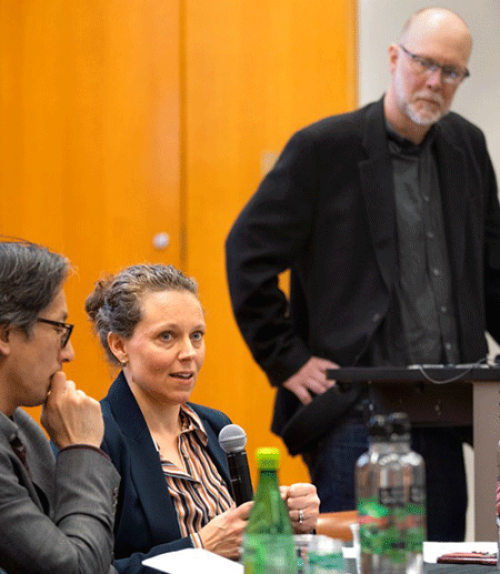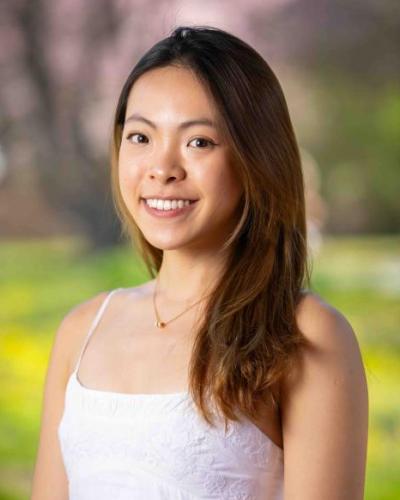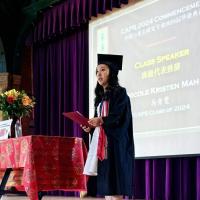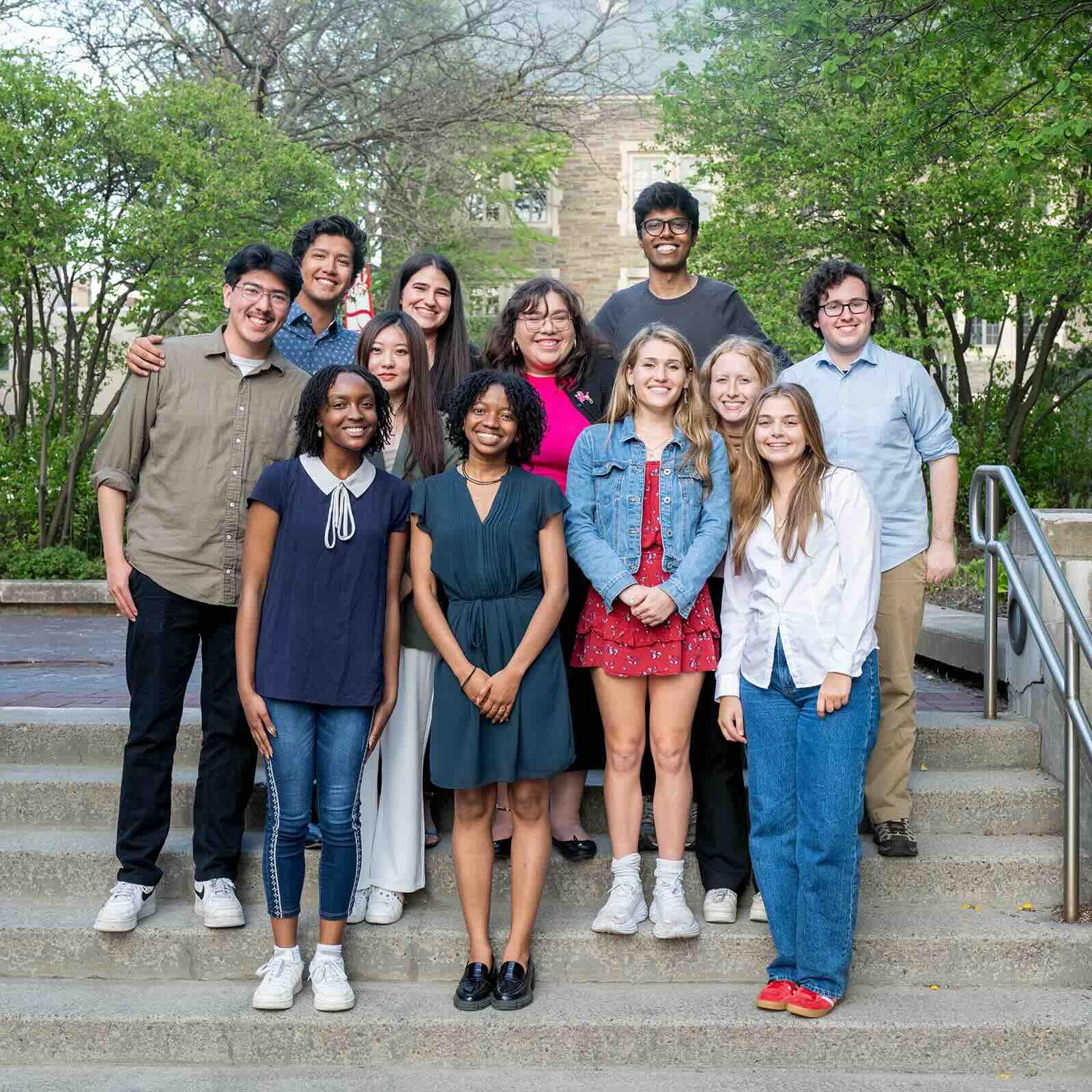
 Department Homepage
Department Homepage
 Department Homepage
The College of Arts & Sciences
Department Homepage
The College of Arts & Sciences
Panel discusses global uncertainties surrounding coronavirus
With the recent emergence of the coronavirus from China’s Hubei province, another “virus” has the potential to spread, a Cornell faculty member said Tuesday at a wide-ranging panel discussion on the outbreak.




